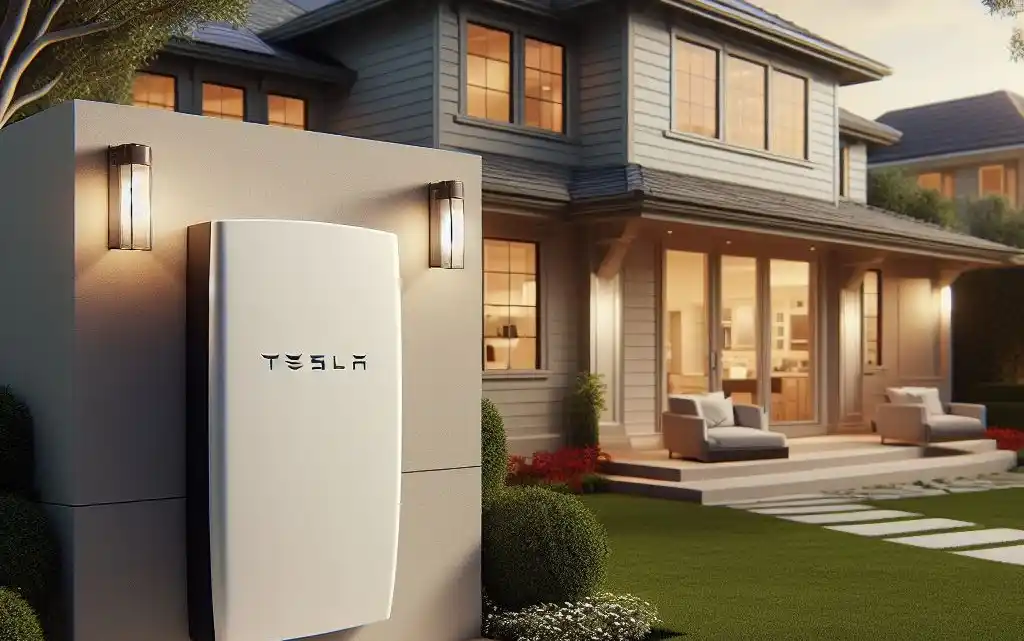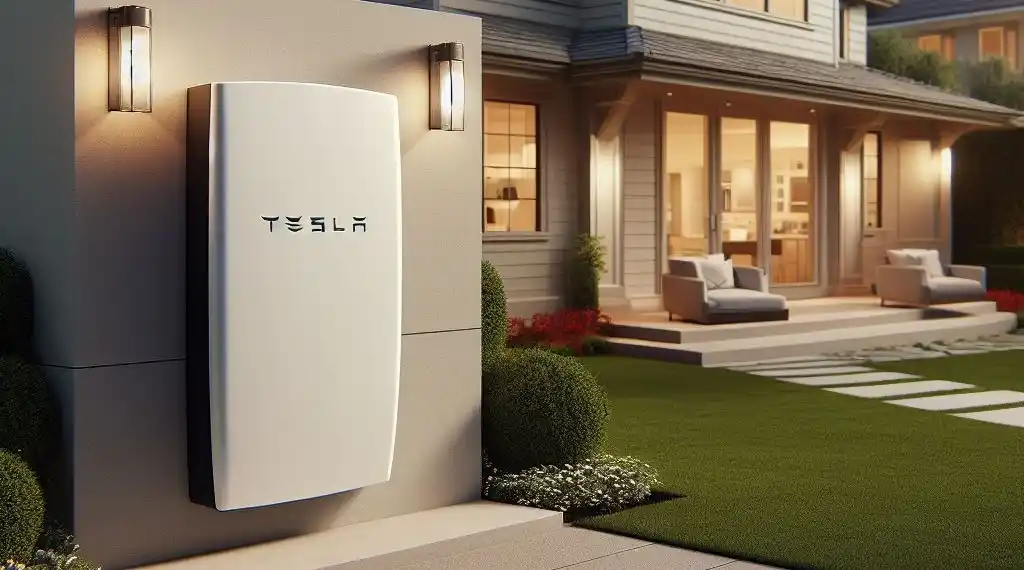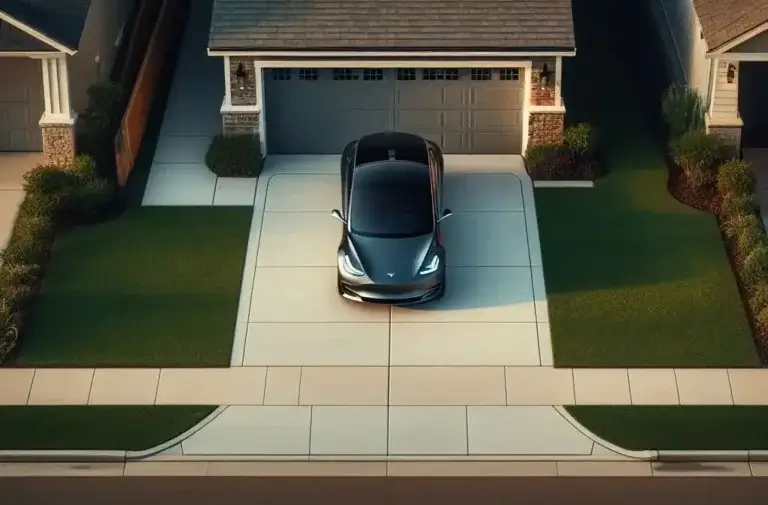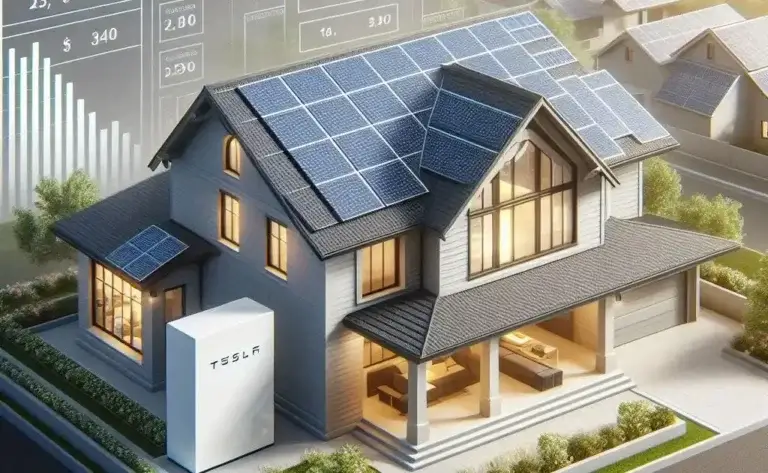Tesla Powerwall California Rebate? Eligibility and Process Guide
Investing in a Tesla Powerwall to store solar energy can be a great way to lower your electricity bills. But these home battery storage systems don’t come cheap. That’s why California offers generous financial incentives through the Self-Generation Incentive Program (SGIP) to make Powerwalls more affordable.
So how much rebate can you get on a Tesla Powerwall in California in 2024? What are the eligibility criteria to qualify for SGIP funding? Read on as we answer these key questions and more in this comprehensive guide about Tesla Powerwall California Rebate.
Table of Contents
An Overview of Tesla Powerwall Rebate in California
California has one of the most progressive solar and storage incentive programs in the country. The SGIP program offers a rebate of $500 per kWh of energy storage capacity up to a maximum rebate amount of $7,500 per site.
This means with the latest 14 kWh Tesla Powerwall system, you can qualify for a $4,000 rebate in California (14 kWh x $500 per kWh = $7,000 capped at $4,000).
The key aspects of the Tesla Powerwall SGIP rebate include:
- The rebate lowers the upfront cost of installing a home battery system
- It applies to both Powerwall systems paired with solar panels or with just the grid
- Eligible California homeowners can start their Powerwall rebate reservation
- SGIP funding is limited and awarded on a first-come, first-served basis
There are also added solar incentives if you install a Powerwall with a new solar energy system. We’ll dig into all these details next.
Step-by-Step Guide to Claiming the California Powerwall Rebate

Follow this 7-step process to claim the maximum allowable Tesla Powerwall rebate in California for 2024:
Step 1: Check If Your Home Qualifies for the Rebate
The SGIP program sets certain requirements for eligible homes to qualify for the Tesla Powerwall rebate:
- Your home must be located in a service area of California’s three major utilities – PG&E, SCE or SDG&E
- Existing homes and new construction are both eligible
- You can own or lease your home
- This applies to single-family homes and multi-family properties with 2-4 units
Additionally, customers in high-risk fire threat districts designated by the California Public Utilities Commission are eligible for enhanced Powerwall incentives up to $7,500 per site.
So verify that your home meets these basic criteria. Use the SGIP eligibility checker tool to confirm.
Step 2: Install a Qualified Energy Storage System
To qualify for the rebate, you’ll have to install an eligible energy storage technology. The Tesla Powerwall is an approved system for SGIP incentives in California.
Make sure that:
- You install new Powerwall units only as SGIP doesn’t apply to used systems.
- Choose a storage capacity between 3 kWh to 19.2 kWh to comply with the minimum and maximum capacity guidelines. The latest 14 kWh 3rd generation Powerwall meets these rules.
Also, note that SGIP requires the energy storage system to have a 10-year warranty, which the Powerwall ships with.
Step 3: Submit Rebate Application & Required Documentation
After installing the Powerwall system, your contractor will submit the online SGIP application on your behalf along with these documents:
- Proof of permission to operate from utilities
- Electrical inspection sign-off from the Authority Having Jurisdiction
- Energy storage system warranty documentation
- Net Energy Metering (NEM) application
Submitting the paperwork on time is crucial. The rebate claims must be made within 18 months of system installation for residential properties.
Step 4: Install Energy Monitoring System
To get approval for the incentive payment, SGIP rules make it mandatory to install an energy monitoring system. It helps track the actual kWh throughput and charging/discharging cycles from the Powerwall.
Tesla Powerwall owners don’t need to worry though. Every Powerwall system comes integrated with real-time energy monitoring through the Tesla mobile app. This data is automatically synced via Wi-Fi to analyze the energy flow.
Step 5: Reservation & Payment of Rebate
Once your application gets approved after these steps, you’ll receive an email confirmation for reserving the qualified Powerwall rebate amount. This reservation ensures that your incentive is locked even if funding runs out later.
The final rebate amount depends on the actual capacity installed and is paid only after:
- Tesla completes the remote verification of the up-and-running Powerwall system via telemetry data
- Submits proof of permission to operate from the local utility
- Confirms customer signature on incentive form
After all these steps, expect to receive the SGIP check within 90 days. You can use this payment to cover a part of the initial hardware, installation, and electrical upgrade costs.
Step 6: Maintain Ownership Terms
To fully earn the SGIP incentive, customers have to maintain ownership of the Powerwall and meet these requirements:
- Keep the battery storage system operational for 36 months after getting the rebate. It shouldn’t be transferred or removed during this period.
- Remain interconnected to the grid per NEM rules during this time if you also have solar panels.
- Allow the collection and analysis of energy usage data from the Powerwall system.
Follow these terms, or else you may have to return a prorated share of the rebate amount if you violate the ownership rules during the first 3 years.
Step 7: Use Powerwall to Save Money Over Long Term
The upfront California SGIP incentive makes the Powerwall purchase more affordable. But even after the rebate payment, the battery system, permits, electrical upgrades, and installation can cost $15,000 or more depending on your home’s setup.
So how do you recover this investment over time?
The key is – to use your Powerwall effectively as an emergency backup and daily cycling system to maximize energy cost savings:
- Store low-cost solar energy during the day to use in the night instead of buying utility power
- Run critical home loads from the Powerwall batteries during grid outages to keep lights, fridge, and medical devices on
- Set up Time-based control to optimally charge/dispatch the battery when electricity rates are lowest/highest
Intelligent energy management is vital to lower your household expenditures and pay back the initial cost faster.
Apart from these operating cost benefits, having a solar and storage system adds to your home’s value and appeal too.
Additional California Solar Rebate for Adding Powerwall

Besides the general SGIP incentives, installing an energy storage solution like the Powerwall alongside a new solar energy system can qualify you for extra funding as well.
The California solar tax credit offers a base rebate of $2,000 to homeowners who add battery storage while installing a solar PV system. You can claim another $1,000 if the home uses an EV charger too.
So by pairing energy generation and storage together in an integrated system, you can maximize financial incentives in CA.
Here’s a summary:
- Base solar tax credit: $2,000
- An added incentive for a linked energy storage system: $1,000
- An additional incentive for using solar power to charge electric vehicles: $1,000
In total, you would get a $4,000 tax credit by installing a Powerwall device with rooftop solar panels and an EV charger.
Federal Tax Credits for Solar Batteries Ending Soon

While California offers generous solar and storage rebates, the federal tax incentives are set to run out soon.
The changes and enhancements in Federal Tax Credits for Solar Batteries in 2024 are below:
- Thanks to the Inflation Reduction Act of 2022, the tax credit has been increased to 30% and extended through 2032. This means you can claim a 30% tax credit on the cost of your solar system, including batteries, if it’s installed before December 31st, 2032.
So you stand to benefit from thousands in additional savings if the Powerwall system is operational by the end of next year. Every percentage point reduction in federal ITC credit will increase costs for you.
Apart from the financial benefits, pairing solar panels with the Powerwall also maximizes the self-consumption of the renewable energy generated at home. With the solar system charging the battery pack directly, you can dispatch free sunlight energy to power your house around the clock.
So time your solar system and Powerwall installation within the next 12 months to claim all the possible rebates. The combined federal tax breaks, California solar incentives, and SGIP rebates for the Powerwall can cover 35-40%+ of your upfront purchase and installation costs.
Frequently Asked Questions
Q: How does the new Inflation Reduction Act impact solar incentives?
Absolutely! The IRA significantly boosts solar incentives:
- Extended & Increased Tax Credit: Enjoy a 30% Investment Tax Credit (ITC) through 2032, saving you big on installation costs. Bonus points for low-income or energy communities!
- New Options: Starting in 2025, the Clean Energy Production Tax Credit (PTC) offers per-kWh incentives, providing more flexibility.
- Fair Labor Practices: Larger projects must meet prevailing wage and apprenticeship requirements, ensuring fair treatment in the industry.
Q: Does Tesla offer any other rebates or incentives for the Powerwall?
Yes, on top of SGIP funding, Tesla provides additional savings when you order the Powerwall for your home. These include:
- $500 customer bonus per Powerwall unit
- Referral award of $400 in credits per customer referral
- Discount on Powerwall price if you buy it bundled with the solar roof system
- Lower pricing as more battery units are added per site
You can combine these aggregated Tesla incentives of $1000+ with the AR tax benefits and California’s SGIP reward as well.
Q: Which battery should I choose for maximum rebates?
Opt for the latest 14 kWh Powerwall model 3 to claim the highest California incentive. With its expanded capacity you will be able to get the full $4000 rebate instead of only a $3000 payout for older 10 kWh units.
The enhanced energy density and 5 kilowatts power output also allows the Gen 3 Powerwall to better support high-consumption households and power backups.
Q: How much does a Tesla Powerwall cost in California?
The total expense to buy and install a Powerwall battery ranges between $15,000 to $25,000 in California. Prices vary based on:
- Number of battery units
- Supporting electrical upgrades required
- Complexity of overall integration with solar system
- Additional equipment and accessories
Having said that, the exact out-of-pocket cost can be $5000 lower for you after factoring all the rebates and tax incentives.
Use Tesla’s online calculator to estimate the payback period and long-term savings from adding a Powerwall system in your region.
Conclusion: Tesla Powerwall California Rebate
Investing in home energy storage allows every household to enjoy the reliability and resiliency benefits of solar energy even when the sun isn’t shining. By storing excess renewable energy, you can maximize the consumption of clean power around the clock.
The Tesla Powerwall makes shifting to sustainable energy easier in California through generous SGIP rebates. You can lower your initial purchase costs and future electricity bills by tapping into these incentive programs.
The first step is to evaluate if battery storage makes financial sense for your property. Contact Tesla Energy advisors or a certified solar installer to schedule a site survey and system sizing analysis today.
They can create a proposal with:
- The exact Powerwall hardware needed
- Expected cost savings from reduced energy consumption
- All federal tax credits and state/local incentives or rebates you can use
- Estimated breakeven period on your investment
Crunch the Return on Investment numbers before work begins at your end. This will help make informed decisions to leverage storage technology while securing the most attractive rebates.
Act now to maximize savings with solar batteries in California this year!







